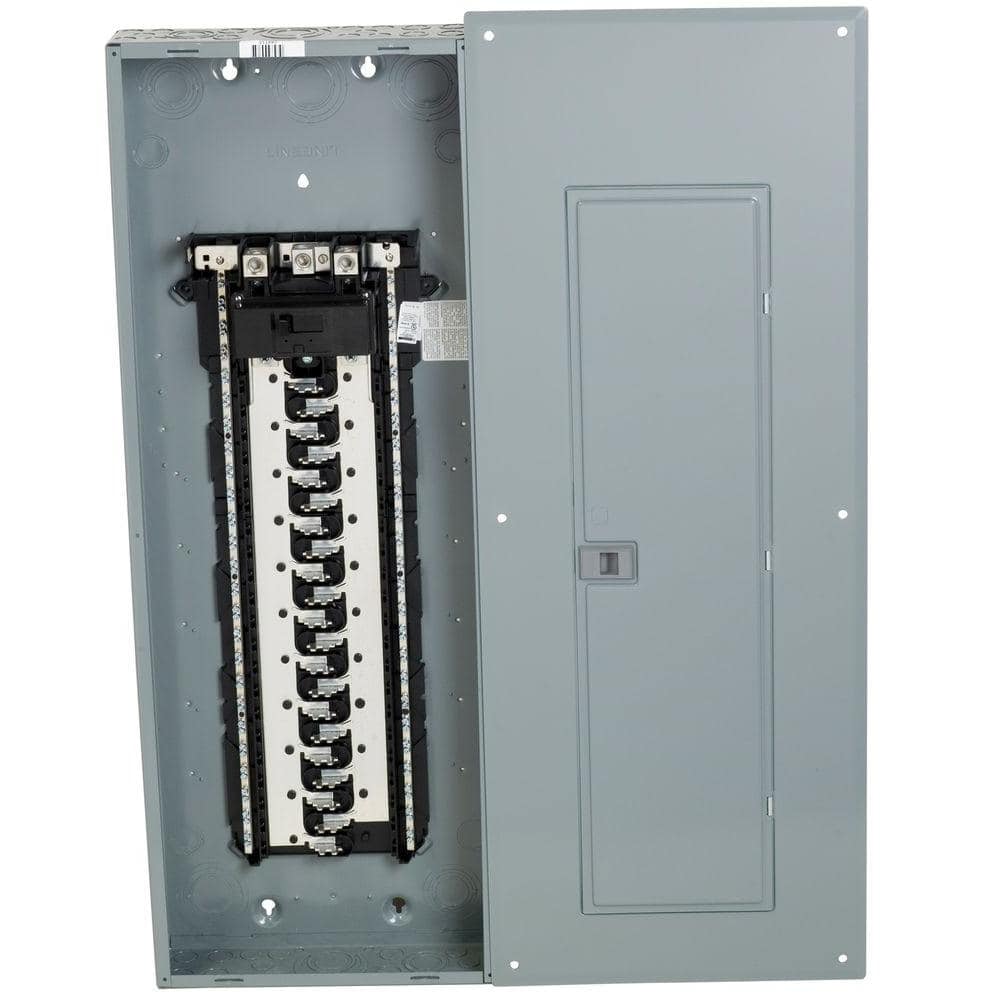Amps
Electrical Contractor
- Location
- New Jersey
- Occupation
- Electrical, Security, Networks and Everything Else.
Hello All,
Thanks in advance for your comments and experience. A potential residential customer wants a level 2 EV charger circuit for his Tesla. The main service is 200A- 120/240. There are standard circuits and 2 central AC units, other appliances are gas. There is a back feed 2pole breaker in the panel with a label indicating a second source of power, solar. I have not installed a level 2 EV charger in this type of system. Is there anything I need to do other than connect the circuit in the panel as usual? Also wondering what could happen if the Tesla is charging and the utility goes out and the solar takes over. Can the solar be overloaded? Will the Tesla's smart charging adjust as needed? I have zero experience with solar and have no idea what could happen to the invertor, if anything.
Thanks in advance for your comments and experience. A potential residential customer wants a level 2 EV charger circuit for his Tesla. The main service is 200A- 120/240. There are standard circuits and 2 central AC units, other appliances are gas. There is a back feed 2pole breaker in the panel with a label indicating a second source of power, solar. I have not installed a level 2 EV charger in this type of system. Is there anything I need to do other than connect the circuit in the panel as usual? Also wondering what could happen if the Tesla is charging and the utility goes out and the solar takes over. Can the solar be overloaded? Will the Tesla's smart charging adjust as needed? I have zero experience with solar and have no idea what could happen to the invertor, if anything.




